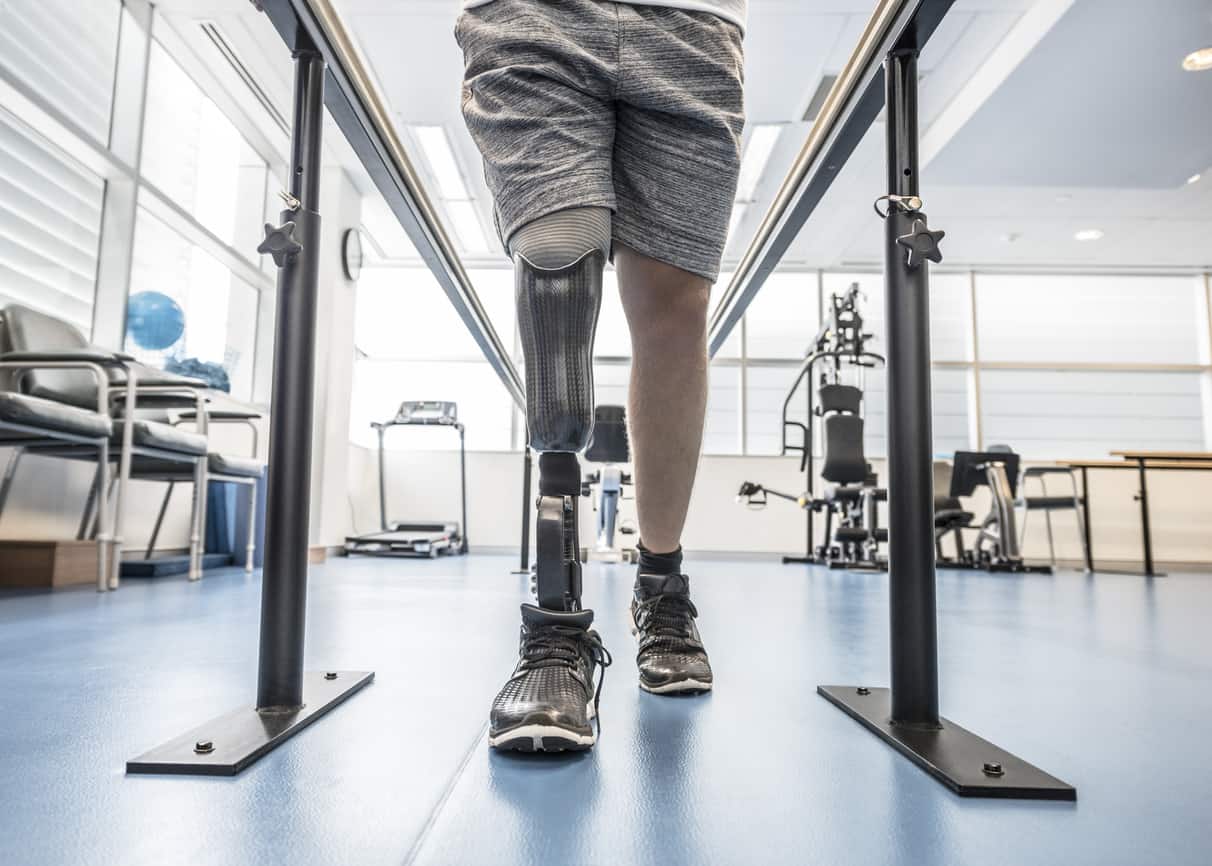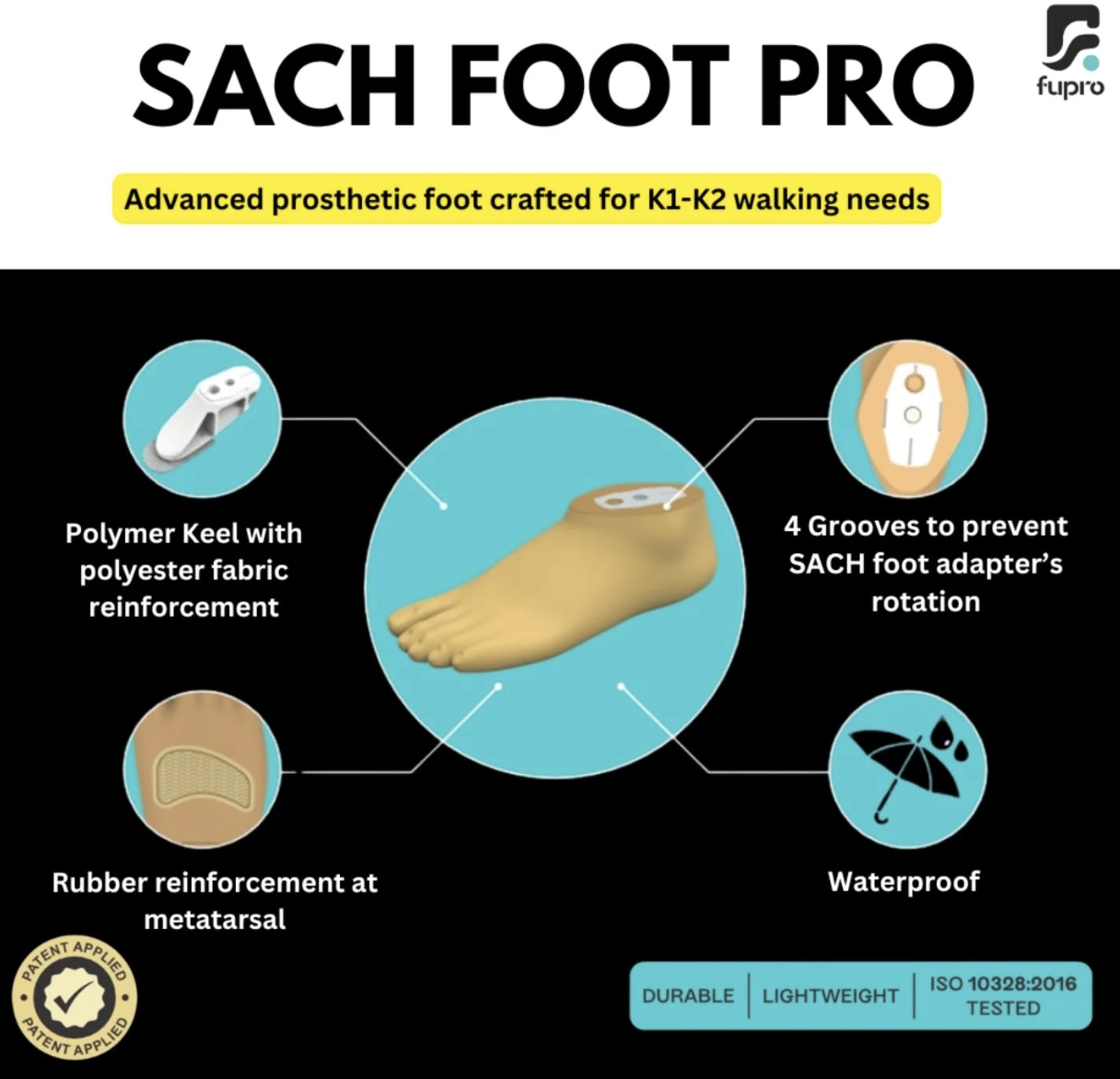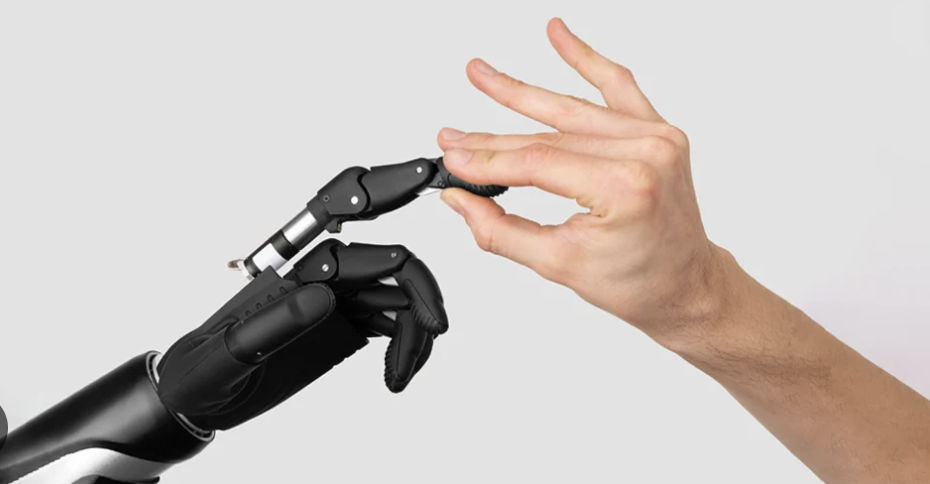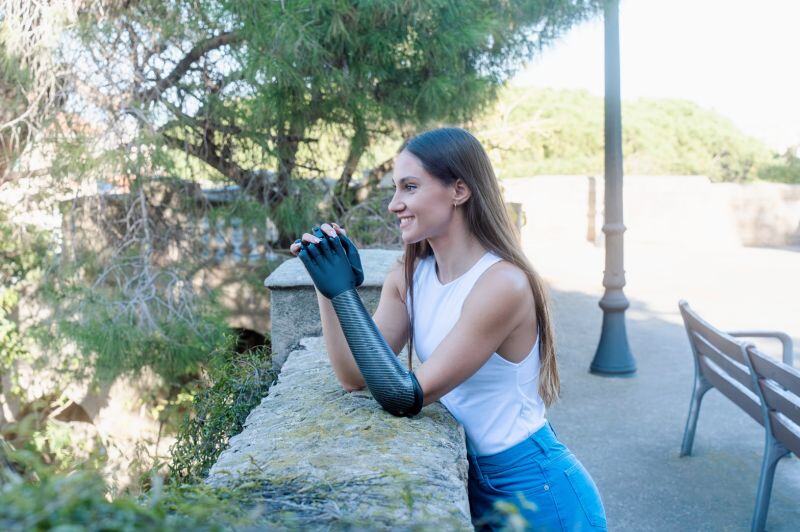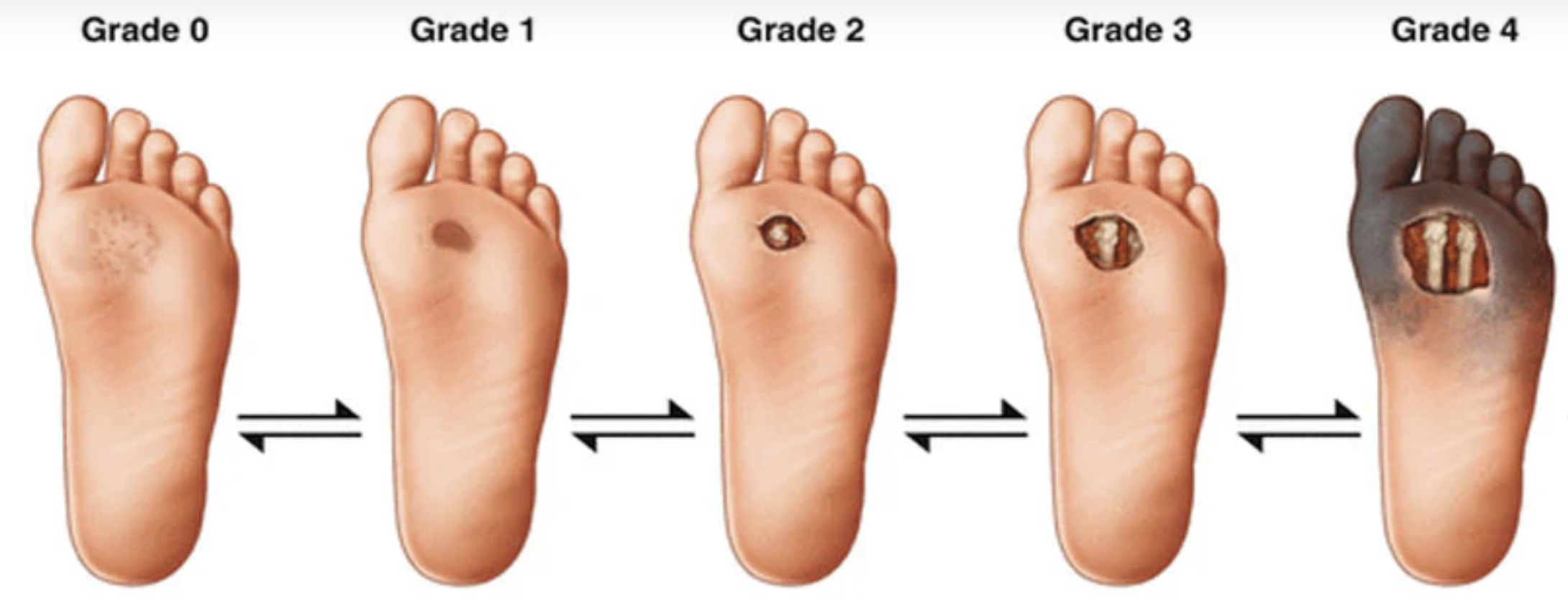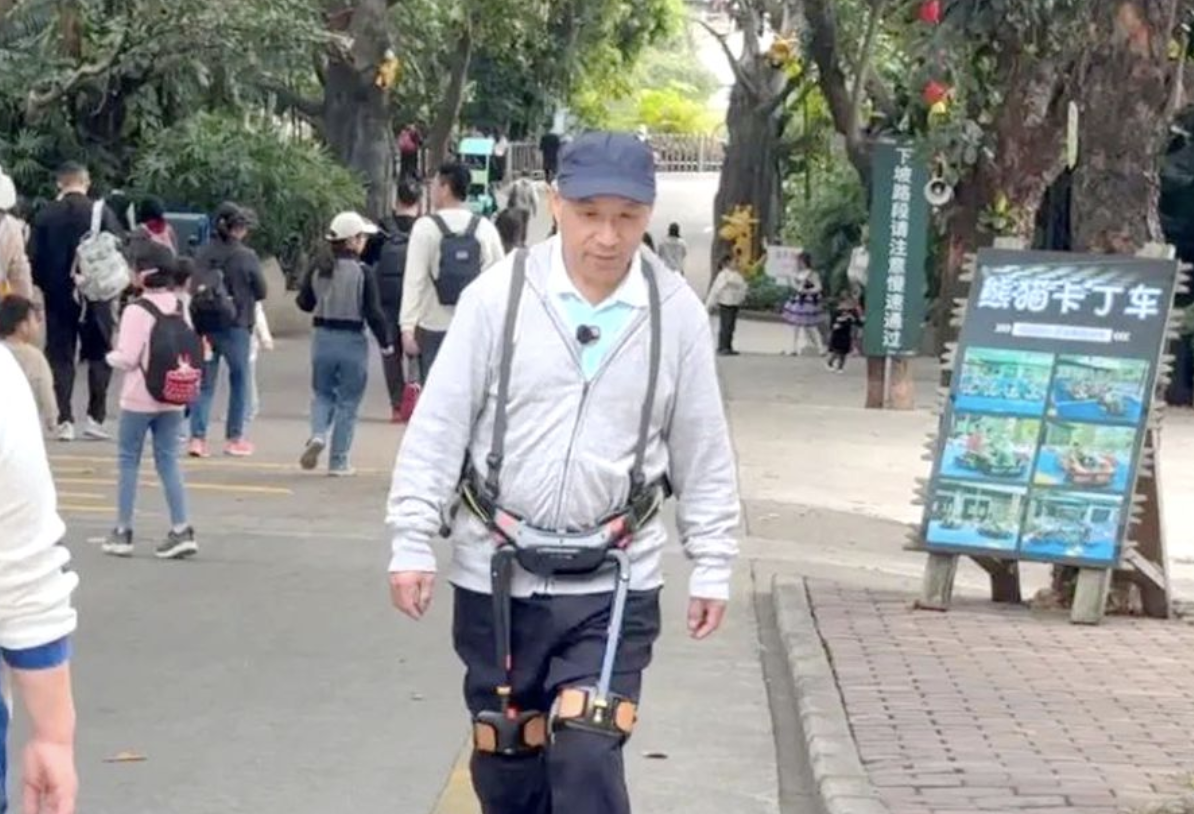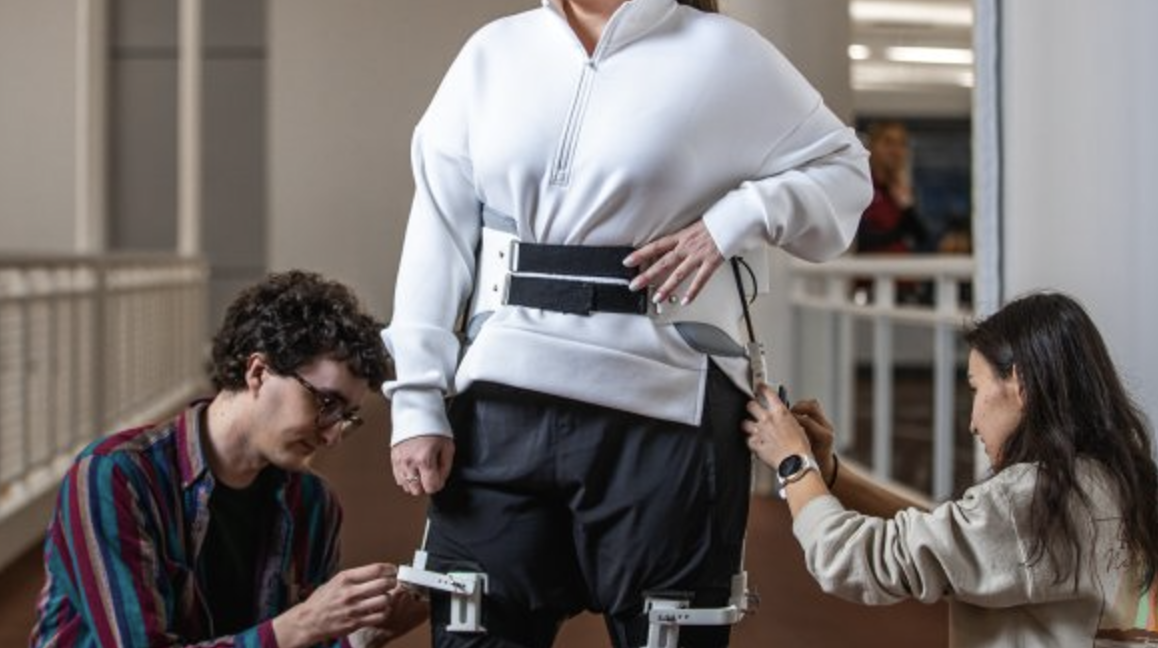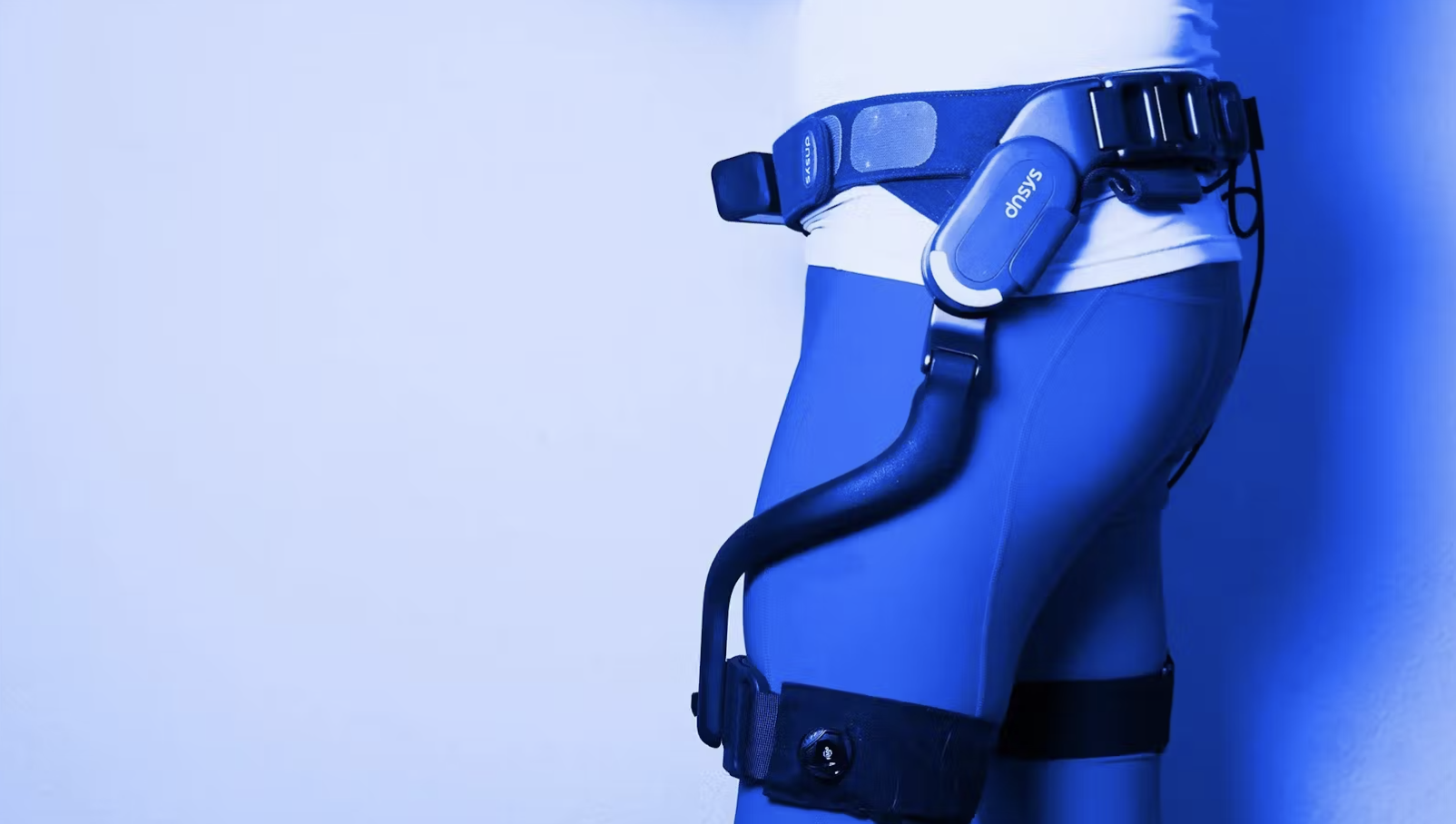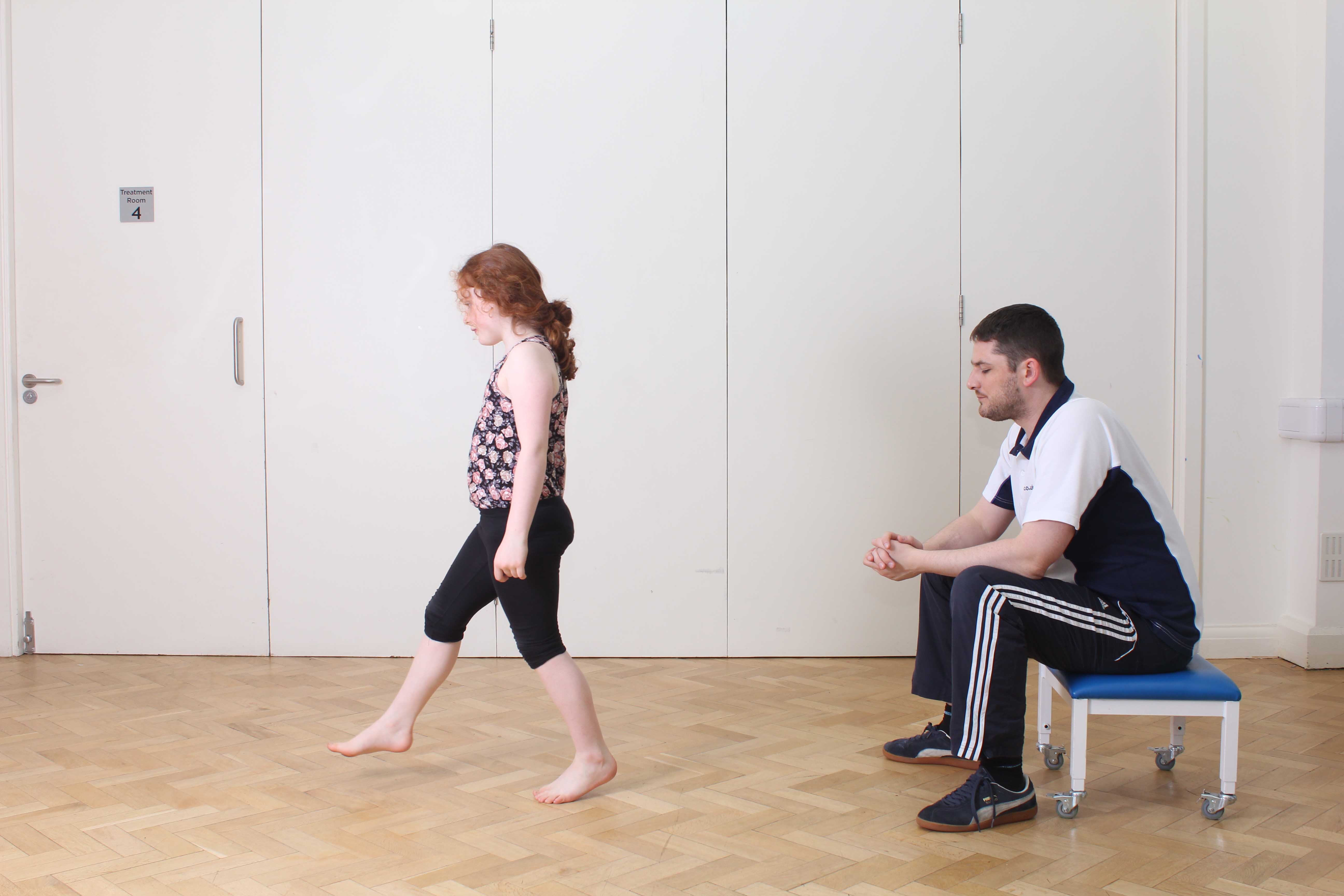A team of researchers found that a rhythmic auditory stimulation (RAS) biofeedback gait training approach provided real-time feedback about gait parameters, including speed and cadence. The researchers were exploring wearable technology for out-of-clinic gait training.
RAS adjusts the tempo of a beat to encourage users to synchronize their gait with it. RAS also reduces cognitive load by providing external cues, thereby enabling a more automatic, subconscious control of gait.
Prior studies on the interaction between RAS and gait training have primarily used open-loop RAS without considering the user’s performance, according to the study’s authors, yet optimal gait training involves progressive, tailored practice that is adaptable for goal-directed activities.
The new study examined whether RAS can improve the temporal symmetry and other spatiotemporal parameters (speed, cadence, etc.) for lower-limb prosthesis users, compared open- and closed-loop RAS strategies, and evaluated symmetry usability and workload.
The researchers concluded that closed-loop RAS led to significant improvements in temporal symmetry, outperforming open-loop RAS, suggesting the potential benefits of adaptive feedback training. Across both strategies, participants were able to maintain the set cadence and speed during biofeedback trials, and both strategies showed similar results in terms of workload, and overall usability was rated positively.
The authors suggested that exploring progressive and adaptive gait training and incorporating variations in step or stride length could optimize gait training protocols.
The open-access study, “Does walking to a beat improve prosthetic gait? Investigating immediate effects of rhythmic auditory stimulation-based biofeedback,” was published in IEEE Access.
